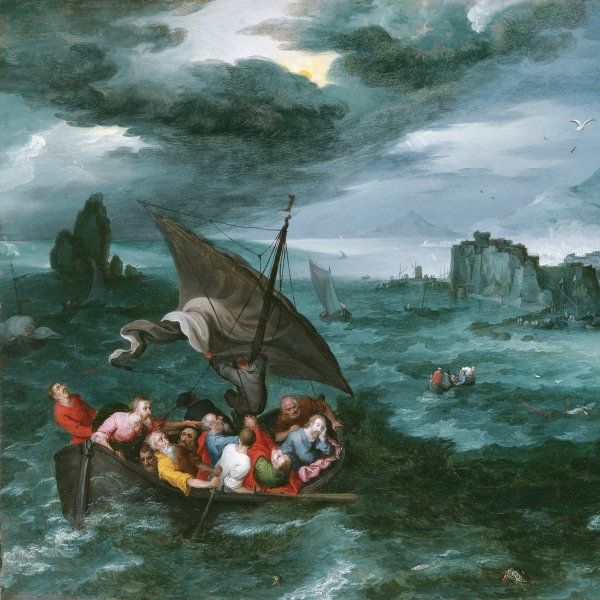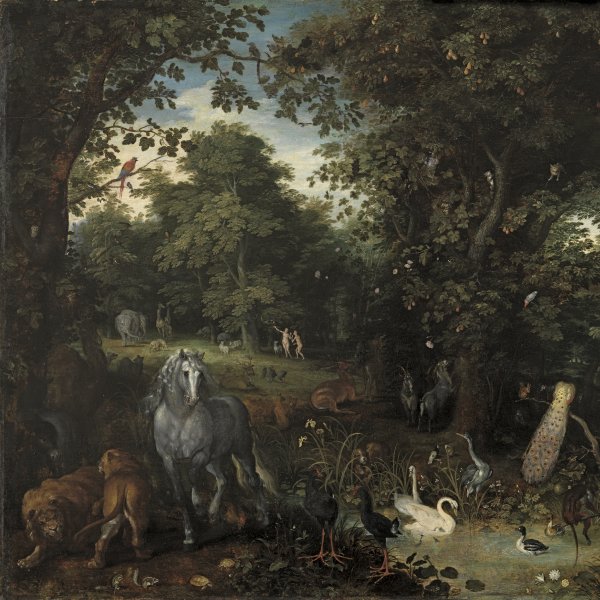Jan Brueghel, the Elder
Jan Brueghel was born in Brussels into a celebrated family of artists. He was the son of Pieter Bruegel the Elder, one of the great painters of the 16th century, and brother of Pieter Brueghel II. Due to his father’s early death he was first taught by his maternal grandmother, the miniaturist Maria Bessemers, who introduced him to the technique of watercolour. According to his biographer Karel van Mander, Brueghel continued his training with the painter Pieter Goetkindt. In 1589 he travelled to Italy via Cologne and is documented in Naples in 1590 and in Rome, where he worked for Cardinal Ascanio Colonna from 1592 to 1594. In the Italian capital he met the landscape painter Paul Bril and Cardinal Federico Borromeo. He entered the latter’s service in 1595 and as a consequence moved to Milan where his benefactor was Archbishop. Jan Brueghel returned to Antwerp in late 1596 in whose guild of painters he registered the following year. Brueghel lived and worked in Antwerp for the remainder of his career with the exception of occasional trips to Brussels, Nuremberg, Prague and the Northern Provinces. In 1597 he married Isabella, daughter of the printmaker Gerard Jode, then after her death he married Catharina van Marienberghe. From 1606 Jan Brueghel became one of the non-resident court painters to Albert and Clara Eugenia, Regents of the Low Countries, a position he held until his death. During his later years he collaborated with important artists such as Rubens, Joos de Momper the Younger, Hendric de Clerck, Hendrick van Balen and Sebastian Vrancx. At the outset of his career and like his brother, Brueghel painted copies, versions and adaptations of compositions by their father. His style, however, soon evolved and he developed a highly distinctive idiom. Brueghel is famous for his small history paintings, sometimes painted on copper, his floral still lifes, and his allegorical and mythological scenes and depictions of Paradise. The Brueghel dynasty continued with his two sons, the eldest, Jan Brueghel the Younger, and Ambrosius Brueghel. Despite the fact that he was widely copied and imitated, Brueghel’s only documented pupil was the still-life painter Daniel Seghers.






